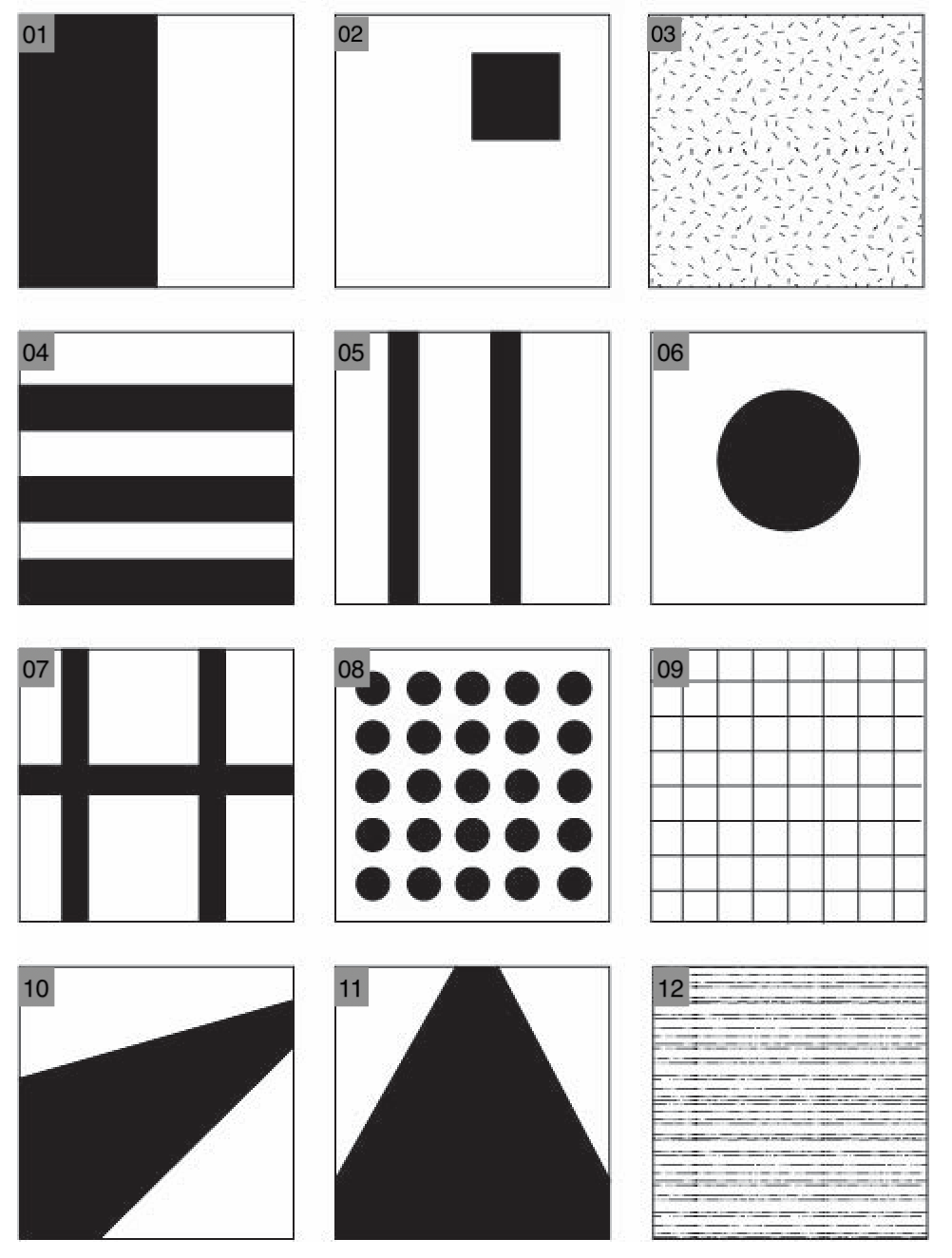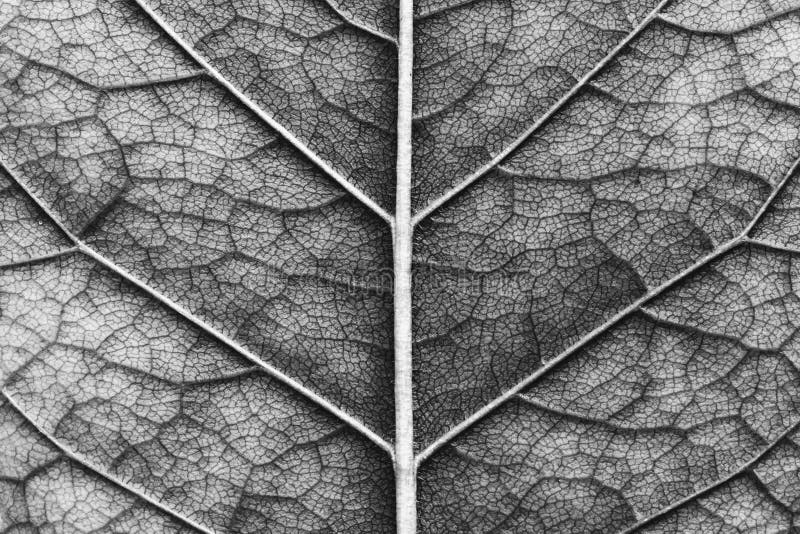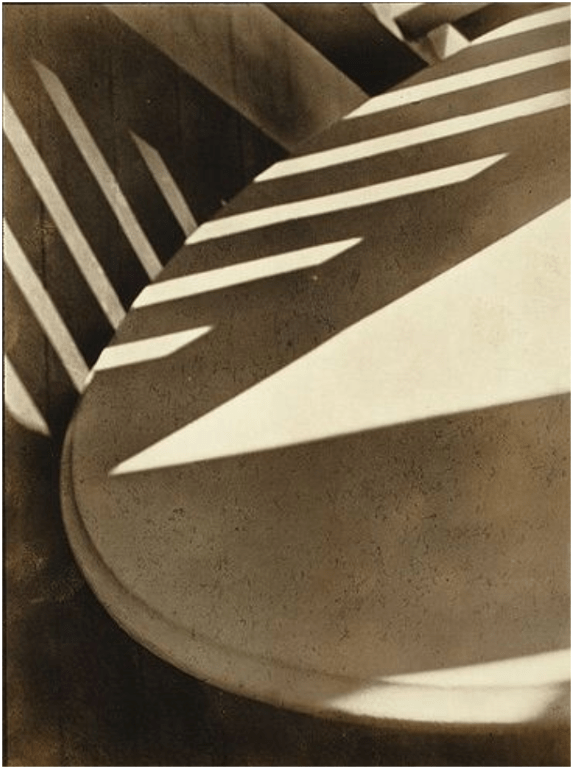Abstract Photography
Abstract Photography is all about pictures and interesting and eye-catching photos. Ideas, abstract features, textures, lines, and colors evoke emotions and change the viewer’s perspective. However, it can be difficult for the viewers to understand the artist’s intentions at first glance. It can often be ambiguous. Besides, taking abstract photos is difficult because they can look good or terrible.
The Pictorialism Mobement

The Pictorialism Movement was active from 1885 to 1915. Pictorialists reinvented the medium of Photography as an art form, prioritizing beauty, tonality, and composition over creating accurate visual records. This movement sought to elevate Photography to the same level as painting. Advocates have used various darkroom techniques to create imagery that can be used to tell stories, replicate mythological or biblical scenes, or create dreamlike landscapes to express their creativity. Pictorial Photography refers to images manipulated in some way to enhance their artistic effect. Common themes are soft focus, color tintings, and visible manipulation, such as adding composite images or brushstrokes.
Straight Photography Movement

Straight Photography is a photo that was not taken initially or manipulated in a darkroom or digital process but depicts the scene or subjects as seen by the camera. Straight Photography is a process and time-based approach. It represents immediacy, the passage of time in history, or the suspension of time as in snapshots. For the first time since Photography was invented, straight Photography respects the medium’s technical visual language. The camera’s unique vocabulary includes form, sharp focus, rich detail, high contrast, and rich color tones. Straight Photography is also synonymous with pure Photography, as it describes a camera’s ability to reproduce images of reality faithfully.
Aaron Siskind

Aaron Siskind was an American photographer who, instead of taking pictures of the post-World War II social and political world, looked inwardly to find meaning in the almost inanimate forms he observed around him. He was the first photographer to combine straight-line Photography with abstraction. Siskind also identified the ideas and styles of abstract expressionist artists in New York in the 1940s. Nonetheless, he strengthened his approach to painting production, emphasizing texture, line, and visual rhyme to create abstract images of the real world.
Andreas Gursky and Uta Barth

Andreas Gursky is a German photographer and professor at the Kunstakademie Düsseldorf, Germany. He is known for his important architectural format and landscape color photography, often using elevated perspectives. Gursky focuses on globalism and digitally reconstructs the images to give them a look akin to an abstraction. However, images are never completely abstracted, as they are tied to the objects they depict.

Uta Barth is a contemporary German-American photographer dealing with themes such as perception, optical illusions, and non-place. Her work is about vision and perception as much as it is about the failure of seeing, human belief in the mechanics of perception, and the precarious nature of perceptual habits. As such, she is an artist with evocative abstract Photography that explore the nature of vision and the difference between how humans see reality and how a camera records it.




























 (background-> background and subject 1 -> background and subject 2)
(background-> background and subject 1 -> background and subject 2) (Antennae)
(Antennae) (Railway community colorful lady)
(Railway community colorful lady) no title
no title











































































































